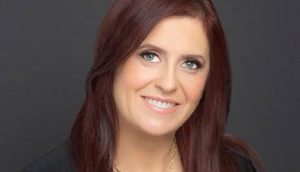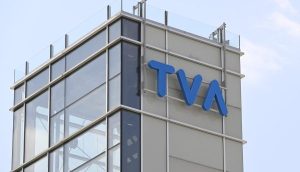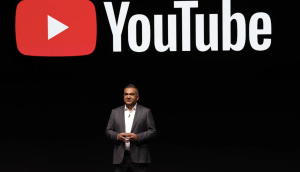New Jersey-based consultancy Keller Fay Group announced yesterday that the most influential consumers, dubbed ‘Conversation Catalysts,’ generate more than one-third of brand conversations even though they represent only 15% of the population. In other words, not all consumers are created equal. Some are more engaged in WOM, and exercise more influence in how brands are perceived and valued by their peers.
According to the Keller Fay report, Inside the Conversations of the Conversation Catalysts: The Word of Mouth Leader, the conversations generated by the influencers – about 1.5 billion daily – generate more than one-third of WOM brand impressions, which in turn is translated into brand references people hear in daily conversations. The report looks at who the influencers are, what they’re saying about brands, where the conversations take place, and how marketers can meaningfully enter these conversations.
According to the report, the typical Conversation Catalyst is involved in 184 WOM conversations containing an average of 149 brand references – twice as many as the average consumer.
Conversation Catalysts are power talkers but also power listeners, receiving (37%) and offering (38%) advice equally. The number of positive conversations outweigh the negative by a ratio of six-to-one. Eight out of 10 conversations are based on personal experiences of a product or brand, and four out of 10 contain specific advice to buy or try a product.
Interestingly, more than one-third (37%) of Conversation Catalysts are baby boomers aged 40 to 59, contrary to the long-held belief that WOM campaigns should be targeted to younger demos. WOM is more likely to prompt women (55%) to action than men (47%) and women also find WOM recommendations more credible (55%) than men (47%).
According to the research, 54% of Catalyst conversations contain a reference to marketing or media. Twenty kinds of marketing and media arise in conversations, and they are as likely to refer to the Internet in conversation as television. Also, the Internet is a greater resource for WOM (72%) than face-to-face WOM conversations.
The study found that Catalysts talk about a broad range of industries and services. Entertainment and media brands are the most talked about (16 mentions per week), but brands in seven other categories – beverages, public affairs, food and dining, shopping and retail, travel, automotive, and technology – are also talked about with high frequency (10 or more mentions per week).
The bottom line for marketers: since WOM draws on so many sources, marketers need to create truly integrated marketing campaigns with consistent messages across all marketing and media. Along with WOM programs such as product seeding, the study suggests there are significant opportunities to gear current marketing and media to stimulate word of mouth.
The Keller Fay Group is a marketing research and consulting company that specializes in testing, evaluating and improving WOM marketing campaigns. Its services include TalkTrack, which continuously monitors marketing-relevant conversations in the US. Inside the Conversations of Conversation Catalysts was sponsored by the global PR firm, Manning Selvage & Lee.























